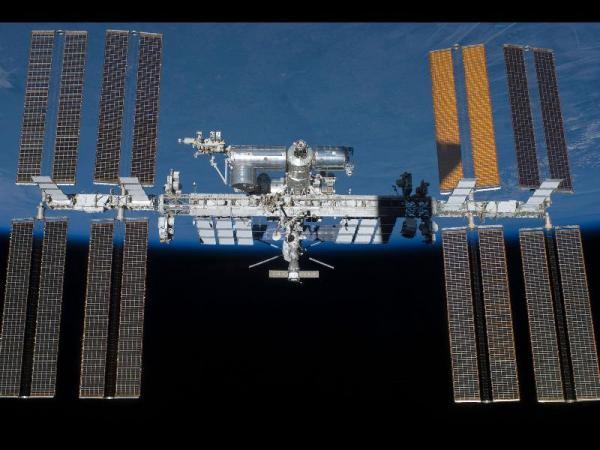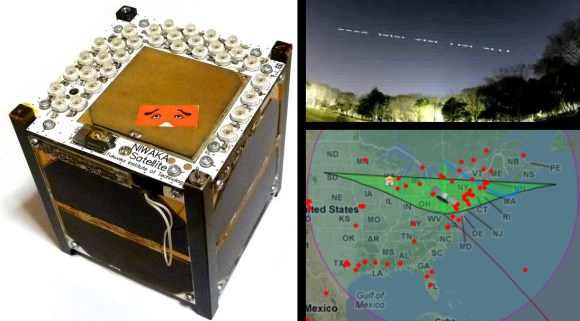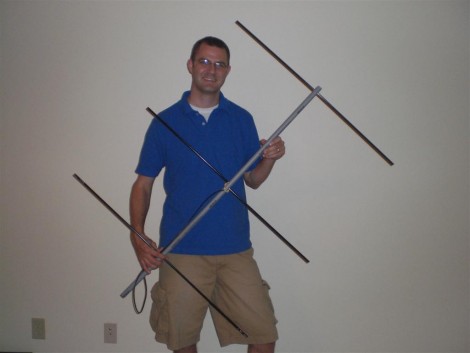The first element of the International Space Station (ISS) launched over fifteen years ago, on November 20, 1998. For more than thirteen years at least two human beings have been continually living off the surface of our planet. Assembly of the Space Station is now complete. It is being utilized by its crews and scientists from around the world to execute its primary mission – scientific investigations that can only be accomplished in the microgravity environment of Low Earth Orbit (LEO). As with any structure, items age, wear out, or break and need to be repaired. What could be rather “simple” repairs on Earth can become much more complex in zero gravity. In some cases, “necessity becomes the mother of invention.”
Continue reading “The Pioneering Lifestyle In Low Earth Orbit”













